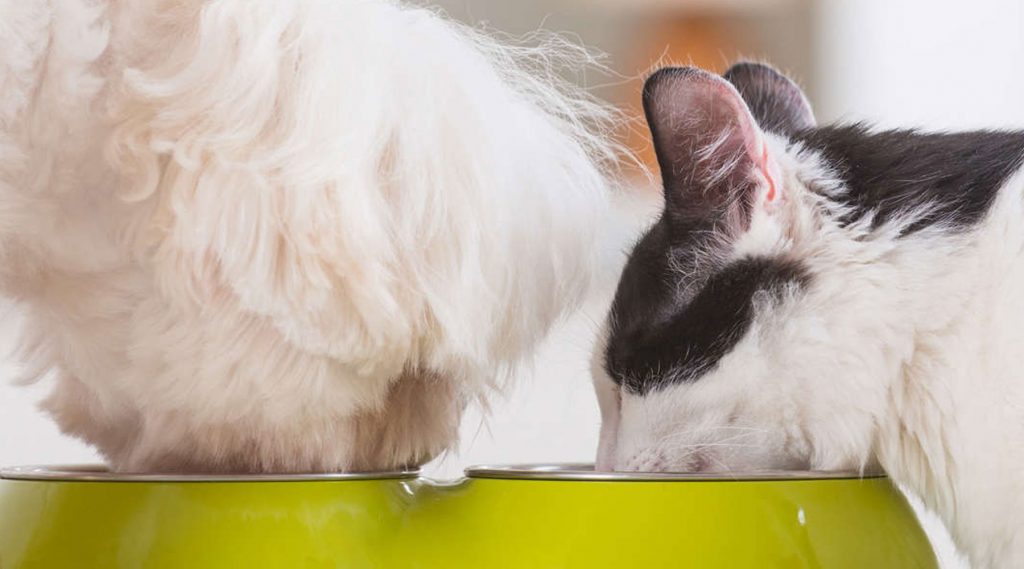What is a PEMF Detox?
Animal detoxification happens naturally in the body. The magnetic field in PEMF travels on the electrical current that already exists in the body. The electrically-based cell membranes respond to the electromagnetic fields of PEMF. As the PEMF stimulates and exercises the cell membrane it may change the ions on either side of the membrane to trigger the open and close mechanism of the cell, allowing it to release the unwanted toxins. To optimize the body’s ability to handle this process, implement a balanced diet, proper exercise, and reduced toxic intake.
Where Do Animals Get Their Toxins?
From food to medications and cleaning products to pollution, it’s easy to see how humans are exposed to toxins. Although we try to keep animals as far from harmful toxins as we can, they can still be easily exposed. In fact, we expose them to fly control, processed feeds and supplements, topicals, medications, fertilizers, and pesticides. While these have certain benefits, they all increase toxicity in an environment. If possible, try using higher-quality natural products and avoiding excess supplementation. A balanced diet will also help your animals mitigate the effects of these toxins.
How Do Animals Handle Detox?
For horses, the liver, kidneys, and circulatory system play crucial roles in the detoxification process. Waste is filtered out of the blood as it passes through the kidneys, then eliminated from the body via the urinary system. This is all part of the body’s natural detoxification process. This can be often notable on the epidermis or the skin, which are general indicators of an animal’s overall health.
When it comes to cattle, it’s all about the liver. Cows in early lactation produce about 80 pounds of milk per day, which means they need six pounds of glucose to keep up with milk production. This has a huge impact on the liver. The liver can be affected by any dietary imbalances, so this kind of activity can lead to an accumulation of waste and toxins that are difficult to process.
Humans, due to our proximity to cats and dogs, expose them to toxins more regularly. Exposure may come through chemicals, air fresheners, lawn pesticides, pavement and sidewalk de-icers, laundry products, and highly processed human foods. When their bodies are unable to get rid of toxins, a build-up may occur leading to fatigue and infection. This will ultimately make their immune systems more vulnerable.
Natural bodily responses of detoxification that may occur during and after an animal’s Pulse session may include coughing, sneezing, vomiting, diarrhea, light-to-moderate sweating, appearance of waxy skin or hair, coat purge and regrowth. Every animal responds differently, so it is important to keep the veterinarian informed as Pulse sessions progress. It is also important to take health history and bodily responses into consideration as you develop a session program.
How to Handle the Detox Response
While detoxification is a natural bodily response, planning and care will support the process:
- Closely monitor new animal clients and assess their progress with a licensed veterinarian, if you have concerns.
- Use a low-intensity “cooldown” period at the beginning and end of every session to support the body through detoxification.
- Take the opportunity to perform light stretching and hand-walking on the animal between sessions.
- Schedule a follow-up session to assist with any further detoxification concerns.
For more information about animal detoxification and to learn the Do’s and Don’ts of pulsing an animal through detoxification, check out our webinar about Animal Detoxification: What To Look For and What To Do.












